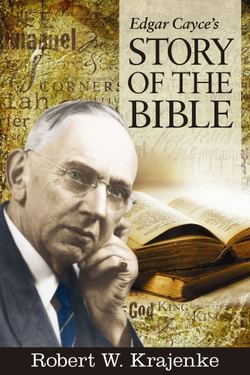Читать книгу Edgar Cayce's Story of the Bible - Robert W. Krajenke - Страница 11
На сайте Литреса книга снята с продажи.
A Way of Looking at the Scripture—and Seeing Ourselves in It
Оглавление(Notes from Edgar Cayce’s Bible Class)
The story of the Bible all through is the story of a human body. Each character then representing some characteristic of a body—each phase of an existence or consciousness is depicted in some one or another character and so on so the whole thing is our own selves depicted for us in the lives of others.
Let us not think of the characters, in our study of the Bible, as merely historical figures, but rather as individuals who passed through an experience not unlike our own.
Through the Old Testament characters we may see the individual developing through various stages to reach the perfection which Christ represents in our lives. We see ourselves in such characters evolving from purely materialistic through the mental into the spiritual life as shown in Christ—in whom we may completely know ourselves to be what we are and what we shall be, by His grace.
When we measure the Old Testament characters by the standard of the Christ, we see many faults and shortcomings; but we must remember that they were only developing toward the Christ Consciousness, just as we are today, and they did not have the Christ Pattern fully outlined for them as we have now.
Their lives were also of a very complex nature, as is ours today. An example is in the parable of Lazarus and Dives (Luke 16:19-25) When the leper Lazarus died, he went to Abraham’s bosom. We can’t conceive of this being literal. It must be a consciousness or an experience through which the individual soul passes. Abraham represents faith. We must have faith, but faith must be part of our experience before we know we have faith. Similarly we find that other characters represent various portions of our own development, characteristics, we might say, that are within our own natures.
Unless we as individuals can experience that which is written in the Bible is ourselves, we cannot say we believe what is says.
